Philippe Shangti’s Photos Blend High Fashion & Luxe Decadence
There’s no shortage of beautiful women or cameos by luxury brands, including Armand de Brignac, Cohiba, Fendi, and Rolex, in his large-scale works.
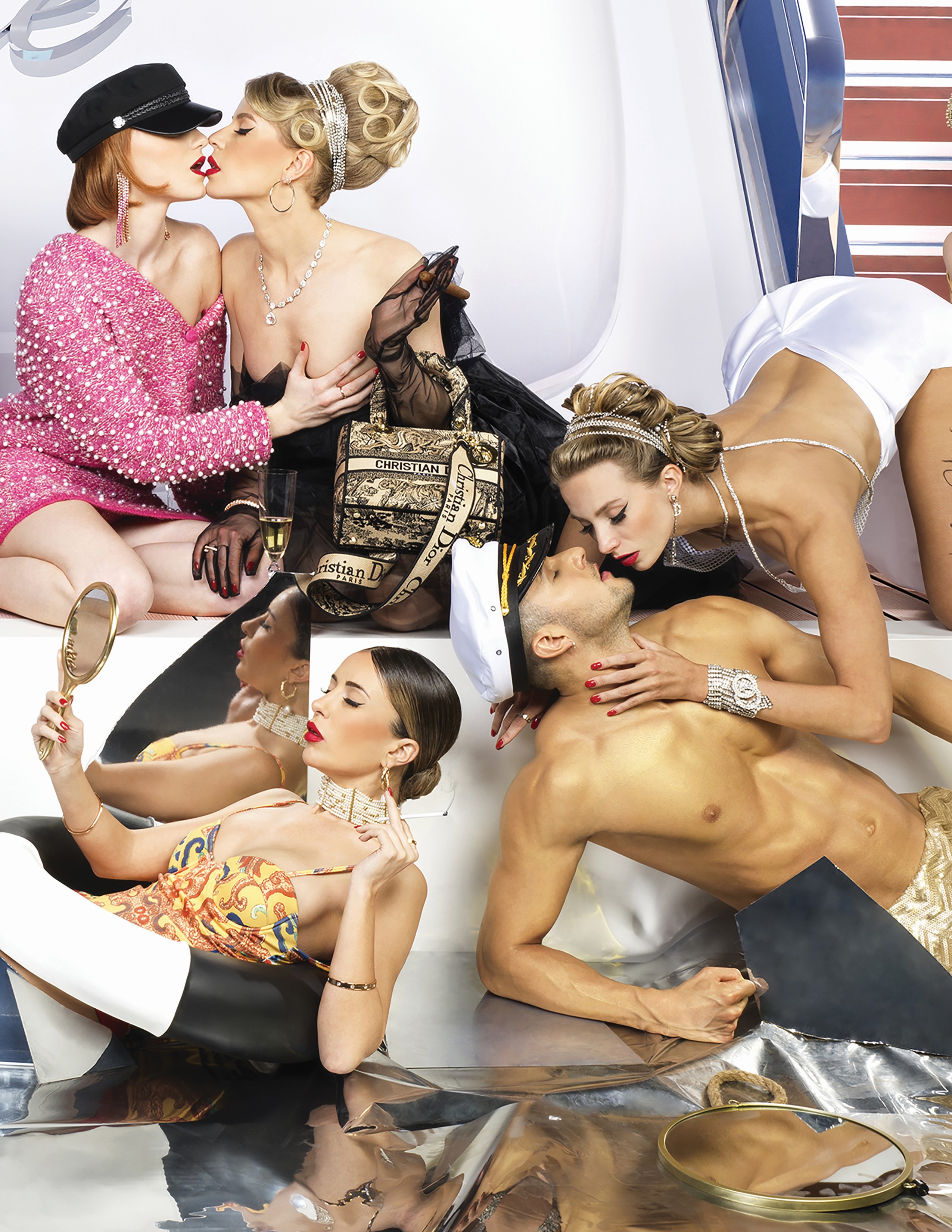
French photographer Philippe Shangti was born in Toulouse in 1983 but moved to St-Tropez in the early 2000s, and the seaside resort’s legendary, stylish excess had a profound influence on the future art world star.
He has even referred to St-Tropez as his muse. “Coming from a humble background and having a very wholesome nature, his new life on the French Riviera was a shock,” as his official bio puts it. “All the debauchery and opulence of parties and luxury inspired the artist’s initial creations.”
And they continue to do so. This can be seen most prominently in his epic series of works dedicated to other top sybaritic destinations around the world, as well as the seven deadly sins.
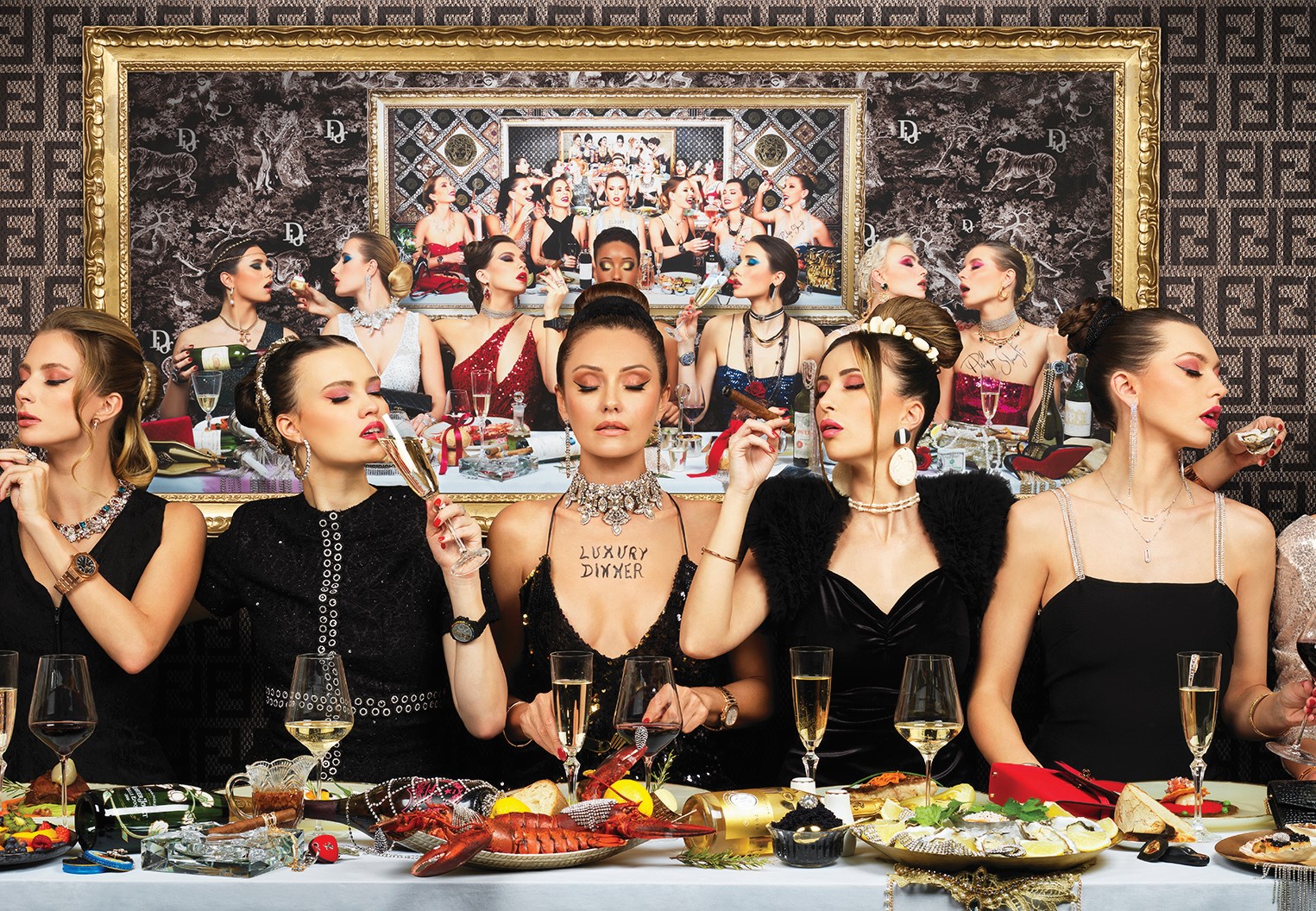
“Philippe expresses his vision of the sins through different photographic artworks, both bold and provocative, that have ultimately given birth to his futuristic and out-of-standard artistic concepts in settings as sensual as they are refined.”
There is no shortage of beautiful women, or cameos by brands including Armand de Brignac, Cohiba, Fendi, and Rolex in the large-scale works, which he recently showed during Art Basel Miami, his first appearance at the annual extravaganza (he has also exhibited at the Venice Biennale, among others). And at an auction in Monaco this past June, Shangti achieved a record €290,000 result for his work titled “Luxury Pollution Car, Signature Masterpiece,” making him the highest-valued contemporary French photographer.
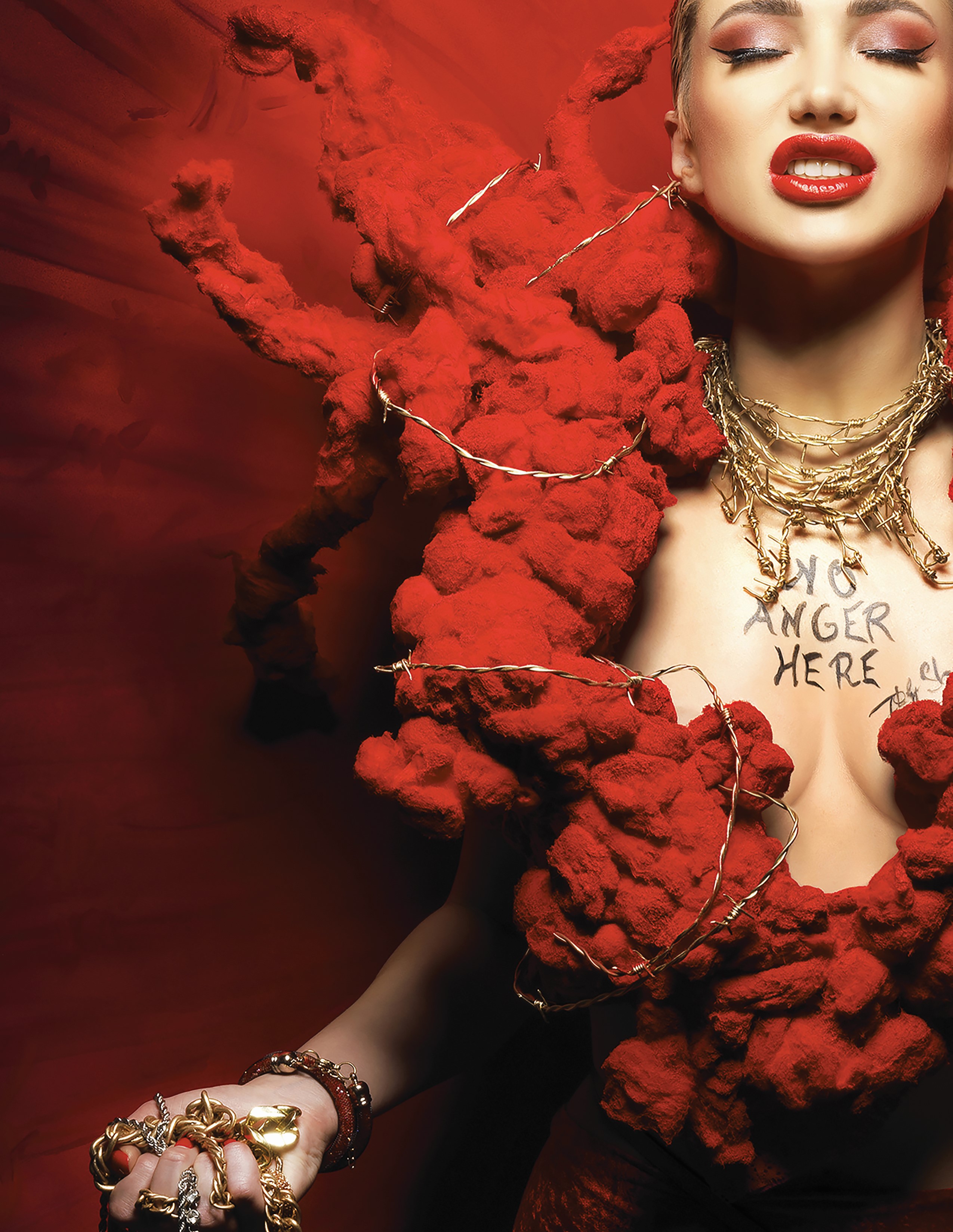
We recently spoke to the photographic provocateur about his extraordinary oeuvre.
Is photography your favorite medium?
Photography is indeed my favorite medium because it allows me to capture reality through my own lens. What attracts me is its ability to immortalize a moment while giving me the freedom to transform it into a surreal or critical vision of our society. I also use other mediums, such as sculpture or tag, or even video.
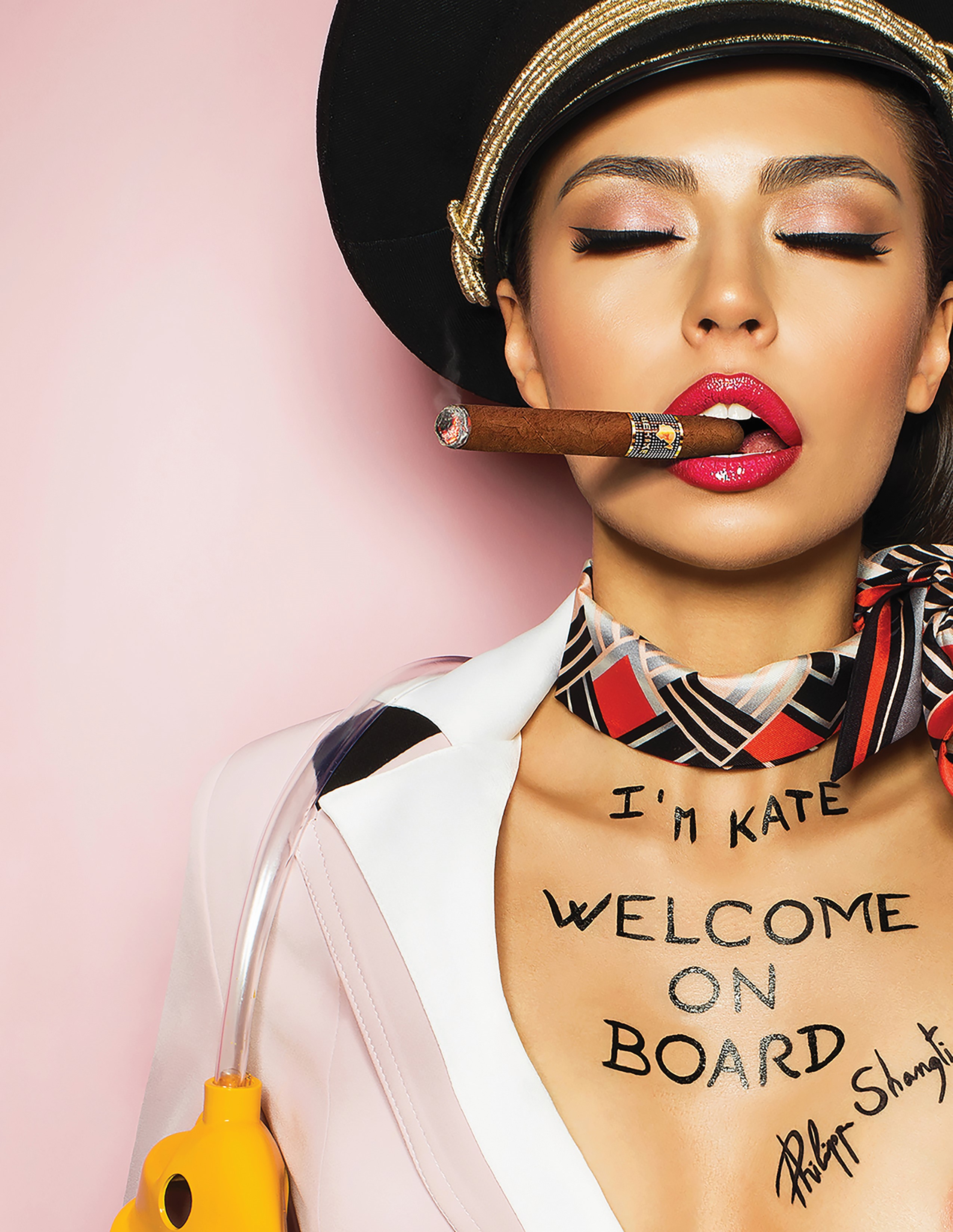
How would you describe your photographic style?
I would describe my photographic style as provocative, luxurious and thoughtful. My work is a blend of high-fashion aesthetics and social commentary, aimed at engaging the viewer and prompting reflection on contemporary issues.
What is involved in staging your elaborate tableaux?
Staging my tableaux involves meticulous planning, from selecting models to designing sets and choosing accessories. Every element is carefully considered to contribute to the narrative and visual impact of the work, aiming to convey a strong and clear message. To create one photograph, it takes several weeks before, from the drawing of the storyboards to the creation of accessories, and the realization of the photographs with the models.
What is the message in your “Luxury Dinners” and “Seven Sins” series? How did you select the locations like Dubai?
The “Luxury Dinners” and “Seven Sins” series explore the excesses of modern society, unrestrained consumption and the loss of moral values. Locations are chosen for their symbolism or contrast with the theme to amplify the message conveyed by each photograph.

Are you deliberately offering social commentary that’s also aesthetically pleasing?
Absolutely. My goal is to create work that not only catches the eye with its beauty but also prompts reflection. I believe in the power of art to awaken consciousness and provoke dialogue on important social is sues. I have been called “the messenger of modern times” because I always try to disturb minds through beautiful and glamorous photographs, but always with a strong message behind.
What are some of your main influences? Are there any famous photographers you admire?
My influences are varied, ranging from pop culture to classical art, and include fashion and cinema. I am also inspired by artistic movements that have used art as a means of protest or social critique. I admire many photographers, but those who have had the most impact on me include Helmut Newton for his bold approach to sexuality and fashion, and Guy Bourdin for his ability to capture the essence of his subjects.
What do you look for when casting the models for your photographs?
I look for models who can embody the ideas and emotions I wish to convey. Expression, attitude and the ability to transform are more important to me than conventional beauty.

How would you describe your clientele/collectors? Do any famous people own your work?
My clientele is diverse, ranging from knowledgeable art collectors to contemporary art enthusiasts looking for bold and meaningful works. They share an appreciation for art that challenges conventions and provokes thought. Several personalities from the art world, cinema and music have acquired my works. However, I prefer to keep their identities private, respecting their personal choice of art.
What photographic projects do you have planned for the future?
I am working on several projects that continue to explore social themes through an aesthetic lens. Each project is an opportunity to push the boundaries of my artistic expression and to spark dialogue around the issues that I am passionate about…. I would like to tackle even more provocative themes and perhaps explore new artistic mediums to express my ideas.
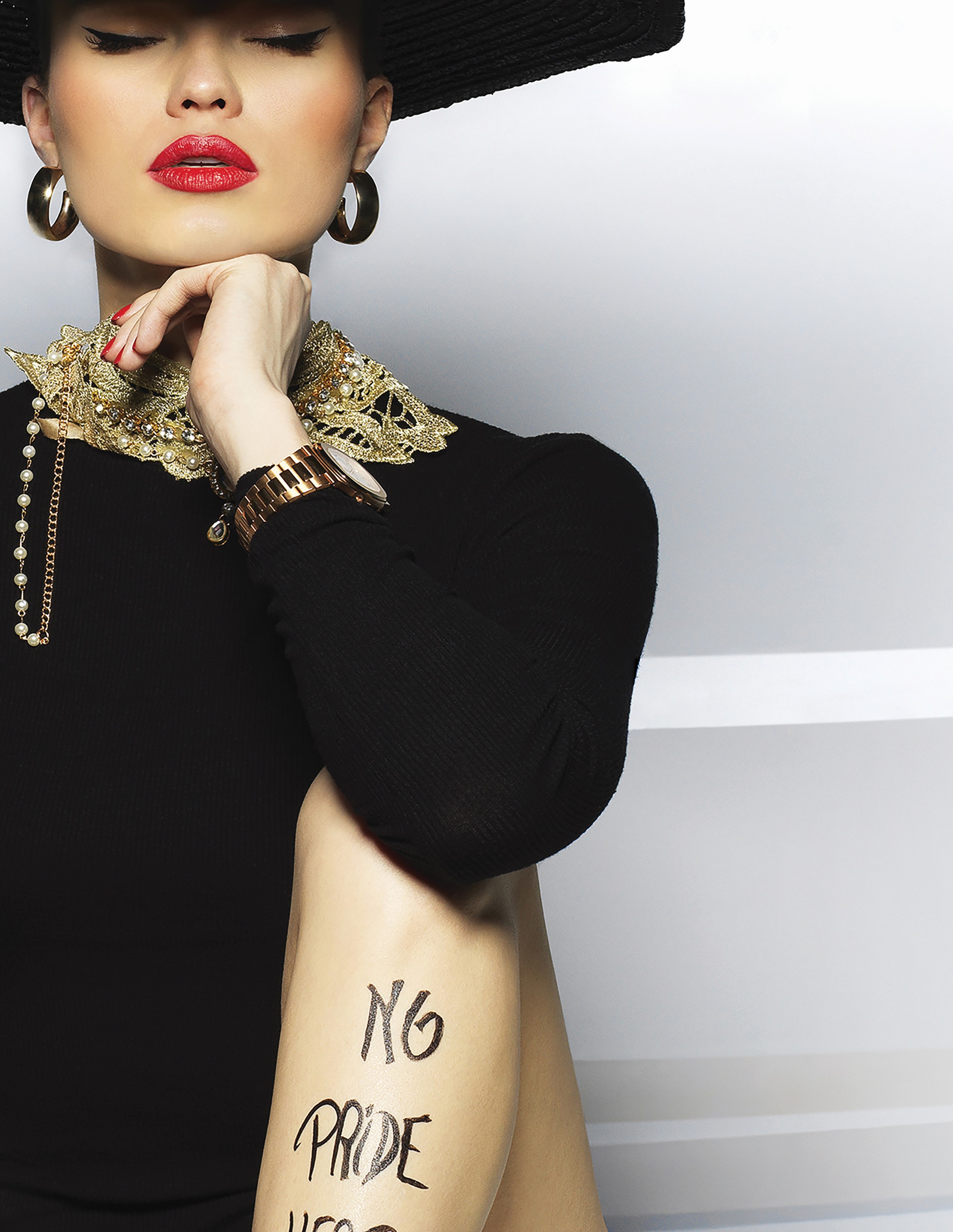
This article originally appeared in the May/June 2024 issue of Maxim magazine.
